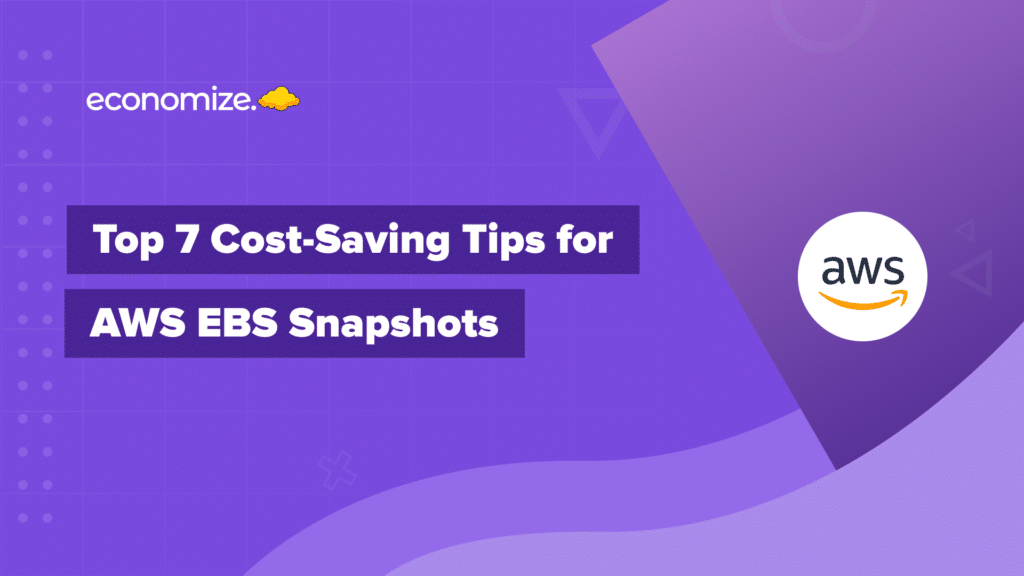Google Axion Processor is a groundbreaking development in custom silicon chips, a result of Google’s relentless pursuit of innovation. These custom Arm®-based CPUs represent a significant leap forward in computing technology, with industry-leading performance and energy efficiency. Set to be available to Google Cloud customers later this year, the Axion processor series is set to improve the efficiency of its data centers, redefining the future of computing technology.

Introduced at Google Cloud Next ’24, the Google Axion Processor marks a significant milestone in Google’s ongoing strategy to enhance computing power within its vast infrastructure. As Google continues to evolve its hardware capabilities, the Axion chip is engineered to address the evolving demands of modern cloud computing, focusing on both performance and energy efficiency. This processor promises to deliver an industry-leading performance, setting a new standard for general-purpose workloads including web and app servers, containerized services, and data analytics platforms.
Evolution of Google’s Custom Silicon
Since the release of the first Tensor Processing Units (TPU) in 2015, Google has been steadily advancing its technology with custom silicon solutions tailored to optimize specific aspects of computing and data handling. Over the years, Google has introduced five generations of TPUs, each more capable than the last, and in 2018, its first Video Coding Unit (VCU)was introduced, which achieved up to 33 times more efficiency in video transcoding.

In 2021, the investments in system-on-chip (SoC) designs led to the creation of three generations of Tensor chips for mobile devices. These SoC designs integrate various computing components within a single chip, which optimizes performance and efficiency. These developments have collectively transformed Google’s infrastructure, providing substantial enhancements in computing power.
Technical Breakdown of Google Axion Processor
Google Axion Processor is built upon a foundation of cutting-edge technology, utilizing Arm’s high-performance Neoverse V2 architecture. By integrating with Arm’s Neoverse V2 platform, the Google Axion Processor has access to features that are designed for cloud-native solutions, providing an optimized pathway for data handling and computational tasks.
The core technologies of Google Axion Processor are optimized for multi-threaded performance and are engineered to handle a diverse range of workloads, from cloud computing to high-demand applications, ensuring flexibility and scalability.
The chip integrates Titanium, a system of custom silicon microcontrollers and tiered scale-out offloads, which manage essential operations such as networking and security. This allows Google Axion Processor to allocate more resources to processing, thus improving performance for customer workloads significantly. Additionally, Titanium facilitates the handling of storage I/O processing through Hyperdisk, a new block storage service that optimizes performance irrespective of instance size and can be dynamically provisioned in real time.
How it Compares with other ARM-based Processor
When compared to other ARM-based CPUs in the market, the Google Axion Processor offers superior performance and energy efficiency. Its customized design for Google’s infrastructure allows it to outperform competitors, particularly in high-load scenarios where efficient data processing and energy usage are critical.
This enhanced performance will be instrumental in powering next-generation artificial intelligence applications and services built on Vertex AI, allowing businesses to unlock deeper data insights and automate complex tasks.
Google Axion Processor delivers up to 30% better performance than the fastest general-purpose Arm-based instances that are currently available. When compared to the latest generation of x86-based instances, they offer up to 50% improved performance and up to 60% enhanced energy efficiency. These metrics underscore Axion’s superior design and its ability to outperform existing solutions, making it a formidable competitor in the ARM-based CPU market.
| Feature | Merit | Impact |
| Performance | Up to 60% more energy efficient than the latest generation x86 processors | Delivers faster processing for demanding cloud workloads |
| Energy Efficiency | Up to 60% more energy efficient than latest generation x86 processors | Reduces operational costs and environmental impact |
| Multi-threaded Performance | Optimized for handling diverse workloads | Supports a wide range of cloud applications effectively |
| Titanium Integration | Offloads essential tasks like networking and security | Frees up Axion resources for core processing tasks, boosting performance |
| Hyperdisk Support | Enables efficient storage I/O processing | Optimizes performance regardless of instance size and allows real-time scaling |
Role of Google Axion Processor in the GCP Ecosystem
The integration of Google Axion Processor within the Google Cloud ecosystem is set to revolutionize how services are delivered. Axion is crucial in enhancing the performance of a wide array of Google Cloud services, delivering improvements in speed, reliability, and scalability.
They are designed to support a broad spectrum of services, from Google Compute Engine and Google Kubernetes Engine to Dataproc and Dataflow. Within Google Compute Engine, Axion provides foundational support that drives powerful computing solutions capable of handling expansive and complex workloads. Google Axion Processor also plays a vital role in supporting containerized applications and big data solutions through Google Kubernetes Engine and Dataproc, facilitating more efficient management and processing of large datasets.
Conclusion
The Google Axion Processors redefine the possibilities of data center technology. By focusing on both high performance and energy efficiency, Google continues to lead in the way in creating sustainable, powerful computing solutions that cater to the growing needs of sophisticated cloud-based services.
As these processors are rolled out to customers, they are expected to significantly alter the dynamics of cloud computing, providing businesses with the ability to achieve more while reducing their carbon footprint and operational costs.
How can we help?
Tired of your cloud costs building up? Don’t let cloud costs weigh you down anymore. With Economize, you can slash your cloud expenditures by up to 30% effortlessly. Book a free demo with us today and discover how we can help you start saving in as little as 10 minutes.








